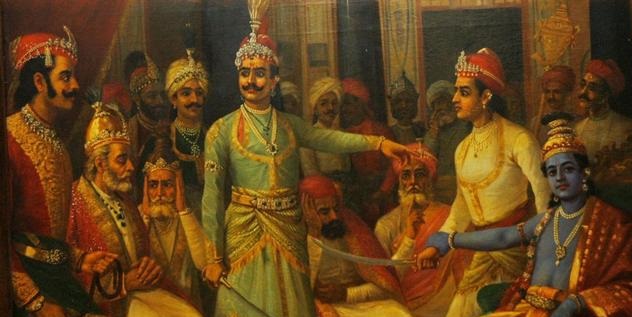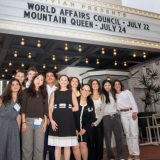
West Meets East in Indian Art
September 30, 2014
In January, adjunct Professor of
Art History,
Ed Fosmire will visit sites in India as he investigates the confluence of East and West on the visual arts on a research trip.
Although primarily the result of several centuries of British control, India also had significant contact with (and colonization by) the Dutch, Danish, French and Portuguese. From late renovations of the Meenakshi Temple in Madurai to 19th century Indian artists such as Ravi Varman, to the modernist movement of the 20th century, Indian artists negotiated ancient artistic traditions of the subcontinent while simultaneously embracing concepts introduced by Westerners.
Art schools, such as the Madras School of Art (currently called the Government College of Fine Arts) were established by colonists to “enlighten,” one might prefer the term “foisted upon,” Indian artists and craftspeople the refined, academic styles favored in the West. Other iterations of Western-inspired Indian movements included self-styled, self-selected organizations such as the Bombay Progressive Artists’ Group, the most influential modern art group in India, established 1947, the year of India’s independence.
Western-inspired movements were often maligned by Indians as refutations of “Mother India,” especially during the years of Swadeshi (British boycotts and indigenous production). Nonetheless, a robust hybrid art-form comprised mostly of Indian subject matter coupled with Western stylistic influences has been a major current of Indian art for almost 200 years.
Fosmire will investigate examples of this artistic confluence at several temples and museums in south India. The resulting research will be incorporated into his classes at Chapman University and may form the subject of a future exhibition.


